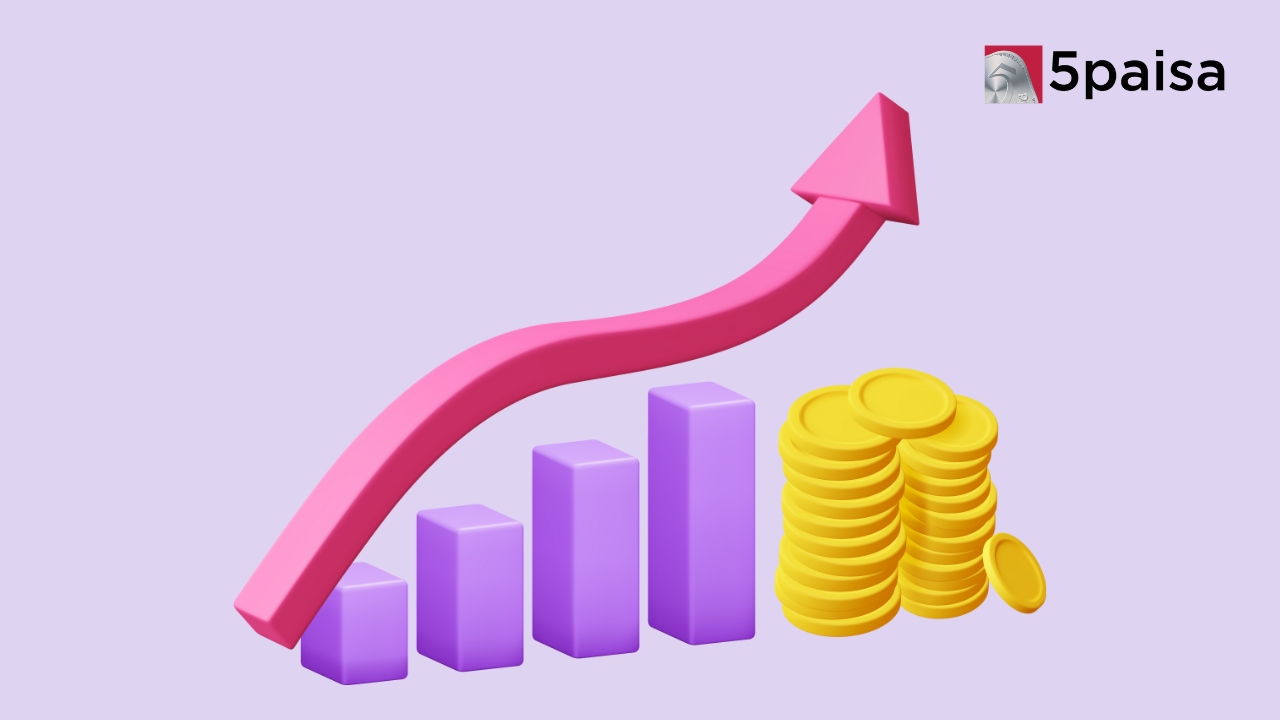Best Investments After Retirement

Last Updated: 30th March 2022 - 10:48 am
Common Indian mindset is that the regular pension or lump-sum amount withdrawn from various investments made earlier in life, will suffice to lead a comfortable and financially independent life post-retirement. But, its time you moved over this age-old concept and make better use of your retirement corpus. Investing your money in schemes which have short-tenure, beat effects of inflation, offer decent returns and liquidity, is the key to using your retirement corpus the best way possible.
Some Of The Best Investment Schemes After Retirement Are:
Invest In Balanced Mutual Funds:
A retirement portfolio should ideally consist of stocks, bonds and little cash. Balanced mutual funds invest in all these asset classes, therefore minimising the losses arising out of effects of inflation. Inflation can eat up the total returns earn from investments. At the same time, investing in balanced fund can provide the needed diversification to your investment portfolio. People with moderate risk appetite can try investing in balanced funds as these offer good return. On top of that, these funds enjoy tax-free returns if the holding period is more than a year.
Monthly Income Plans (MIP):
MIP is a type of debt mutual fund and are linked to the market. They decent returns and also tax benefits. But as with any market linked investment, investments in MIP also carry some amount of risk. When you invest money in an MIP, fund managers channel 15-20% of your money in equity and the remaining amount is invested into corporate bonds and government securities.
Senior Citizens Savings Scheme (SCSS):
It is a scheme offered by government for any person of age 60 years or above. But people between 55 and 60 can also opt for this scheme (provided they have retired on superannuation or under the Voluntary Retirement Scheme). The scheme offers an interest rate of 8.6% which is compounded quarterly.
Post Office Time Deposit (POTD):
Under POTD, investors deposit an amount for a certain period and on maturity they get that amount back with interest. The maximum term for POTD is 5 years. If you do not withdraw your funds at maturity, your deposit automatically gets renewed for the period selected originally. When your deposit gets auto renewed, the interest rate prevalent on the date of maturity is taken into consideration. The interest rates for POTD increase with an increase in tenure.
Post Office Monthly Income Scheme (POMIS):
Individuals can deposit a maximum of Rs 4,50,000 and Rs 9,00,000 for a joint account. A person can also open multiple accounts in various post offices, provided the total amount deposited in all the accounts do not exceed the maximum limit.
Conclusion:
Each one of us wants to lead a relaxed life after retirement. On top of a comfortable financial life post-retirement, arranging for a regular income source, would be cherry on the cake. Having a diversified investment portfolio would be the ideal financial strategy for people after retirement so that loss in any of the assets is discounted by profits in another set of assets in the portfolio.
- Flat ₹20 Brokerage
- Next-gen Trading
- Advance Charting
- Actionable Ideas
Trending on 5paisa
Indian Stock Market Related Articles
Disclaimer: Investment in securities market are subject to market risks, read all the related documents carefully before investing. For detailed disclaimer please Click here.
 5paisa Research Team
5paisa Research Team
 Sachin Gupta
Sachin Gupta




